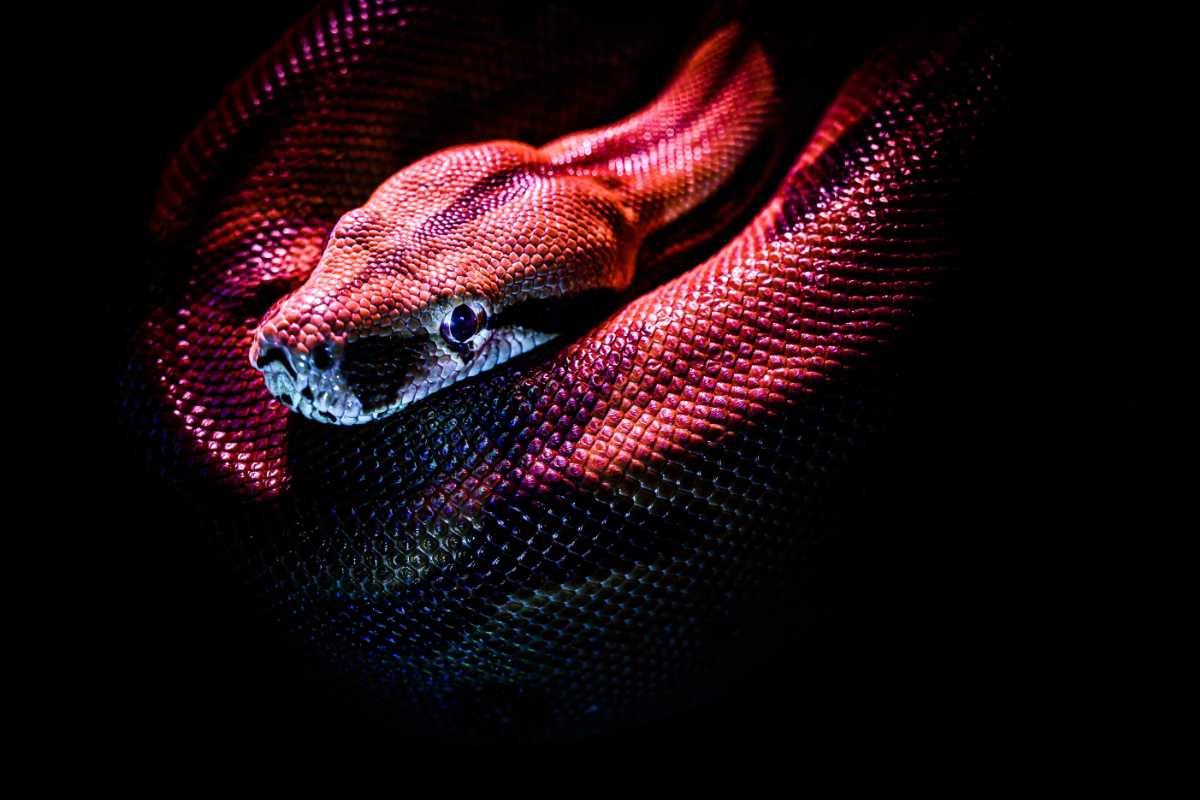
The meteorite impact that killed countless organisms, including the dinosaurs, appears to have served as ‘creative destruction’ for snakes.
About 66 million years ago, Earth was struck by a large asteroid. The impact had far-reaching consequences for life on Earth; most species on land and in the water became extinct. And the mighty dinosaurs are, of course, an iconic example of this. But amid the devastating effects of the asteroid impact, something extraordinary happened. A handful of snake species survived all the turmoil, eventually spawning thousands of new snake species. That can be read in the magazine Nature Communications.
Evolution of snakes
In the magazine, an international team of researchers describes how it has mapped the evolution of snakes. The researchers turned to the study of fossil finds and also analyzed the genetic differences that exist between snakes today.
Survivors
The research reveals when modern snakes evolved. And for that we have to go back in time 66 million years, the researchers write. All snakes living today – belonging to nearly 4,000 different species – are descended from a handful of species that survived the asteroid impact at the end of the Cretaceous.
Underground
These species probably sought refuge underground during and after the impact. In this way they escaped the devastating effects the asteroid impact had on many other species. What also helped, of course, was that the snakes could go quite a long time without food.
New species
Once the worst was over, the snakes resurfaced, where the bulk of their competitors had already died. And that offered the survivors opportunities; they moved into new niches, habitats and continents with new prey. They adapted to their new habitat and new species emerged at a rapid pace.
Diversity
The great diversity we see among snakes today – from tree and sea snakes to venomous vipers and cobras, to giant snakes such as the boa constrictors and pythons – can all be traced back to the time after the mass extinction. “It’s remarkable,” said researcher Catherine Klein. “The snakes are not only surviving the extinction that kills so many other species, but within a few million years they are also innovating and using their habitats in new ways.”
“Our research suggests that the extinction acted as a kind of ‘creative destruction’,” said researcher Nick Longrich. “With the disappearance of old species, survivors were able to fill in the gaps in the ecosystems and experiment with new lifestyles and habitats. That seems to be a fairly common feature of evolution – it is precisely in periods immediately after mass extinctions that we see the most wild, experimental and innovative side of evolution. The destruction of biodiversity makes room for the emergence of new things and the colonization of new land masses. And in the end, life becomes even more diverse than it was before.”
In the case of the snakes, this conclusion is supported by a second major change in their habitat. Namely the transition from a warm to a much colder Earth, in which the polar ice caps also saw the light of day. This also resulted in a greater diversity of snakes. According to the researchers, it shows that catastrophes can be an important driving force behind evolution.
Source material:
“Modern snakes evolved from a few survivors of dino-killing asteroid” – University of Bath
Image at the top of this article: Jan Kopřiva via Pexels